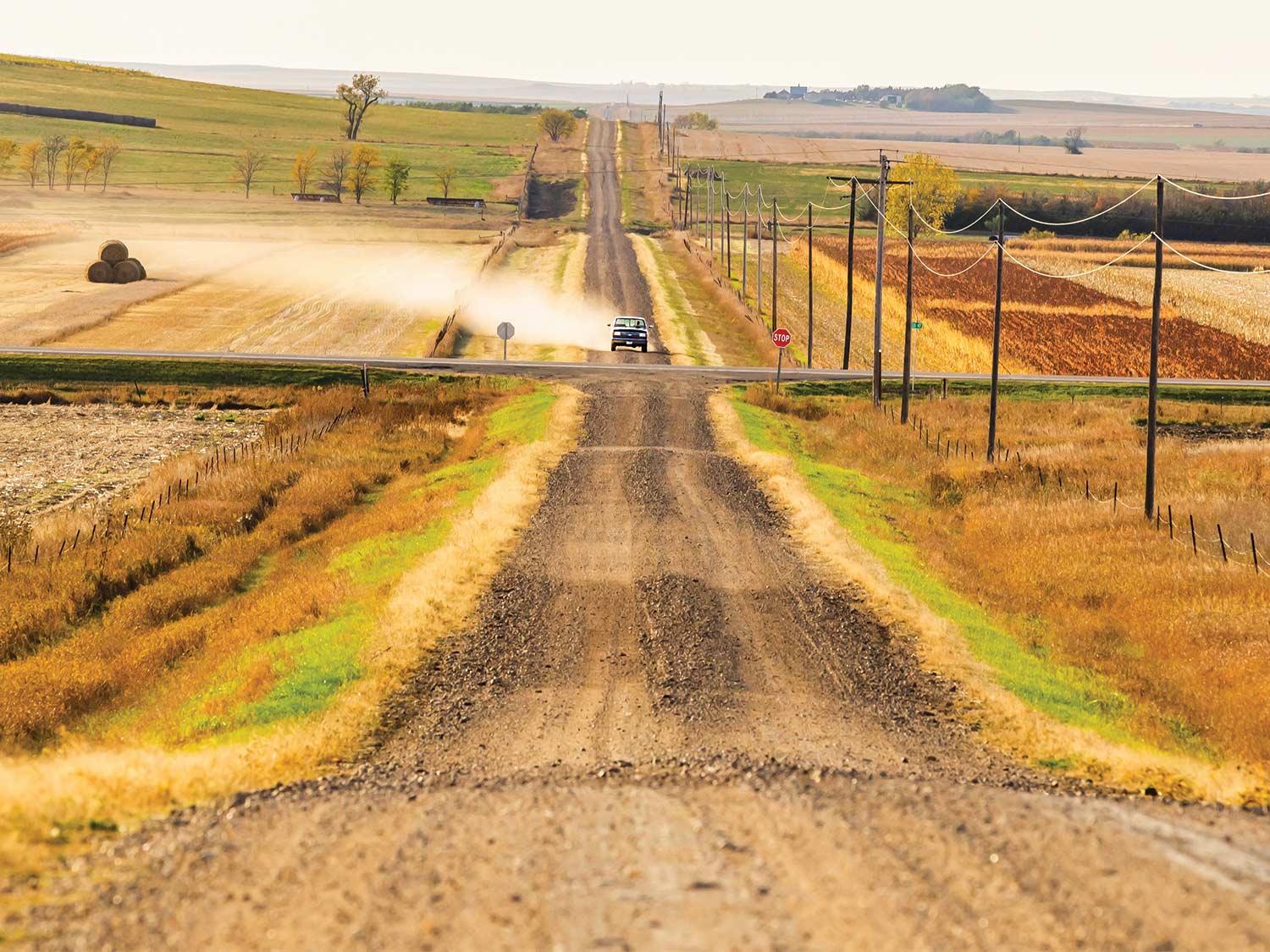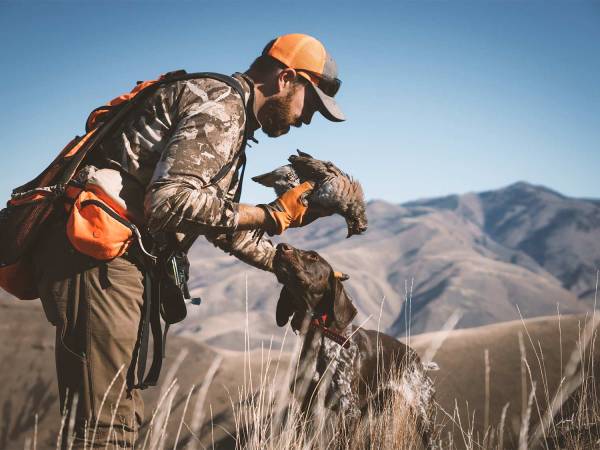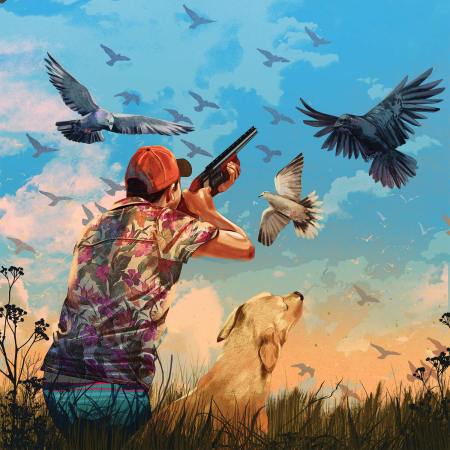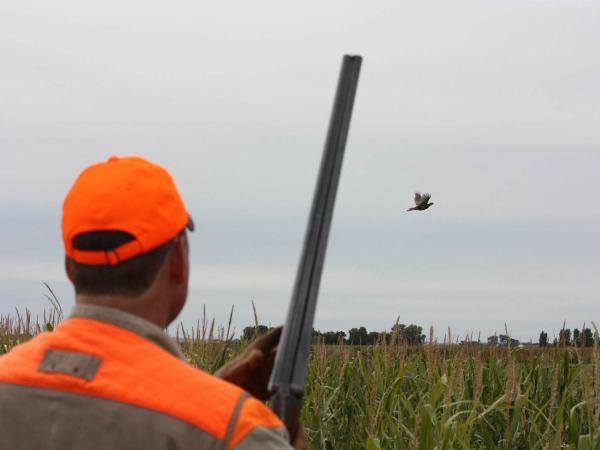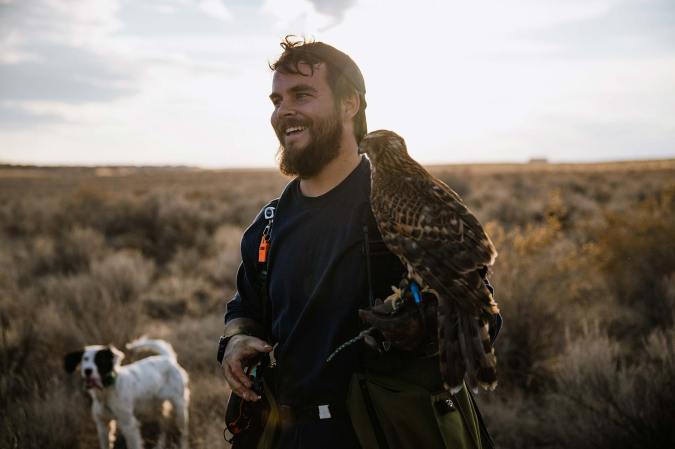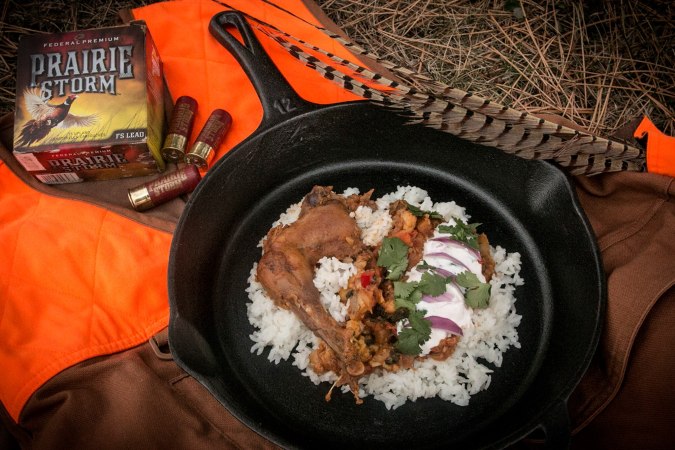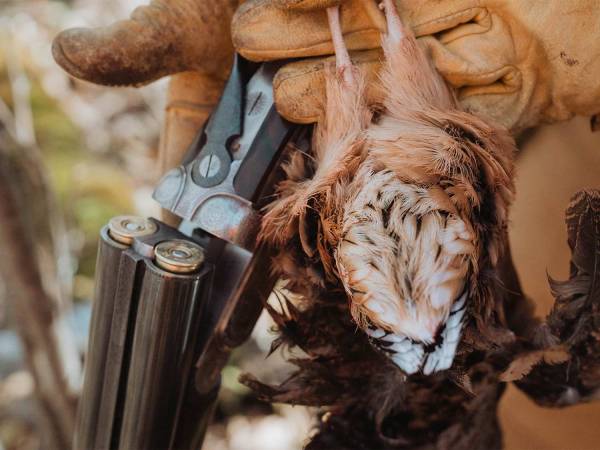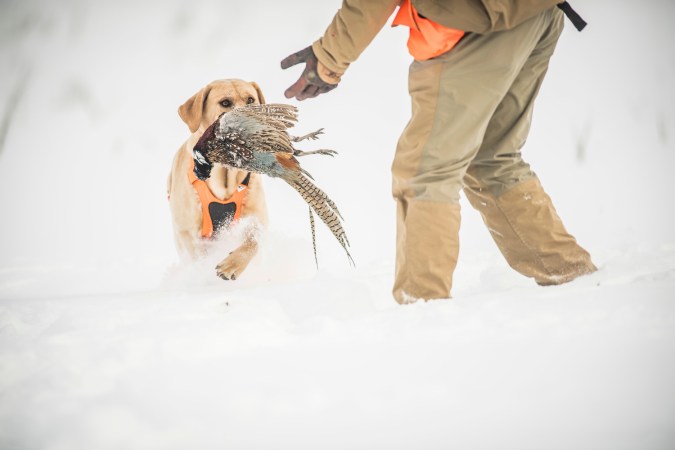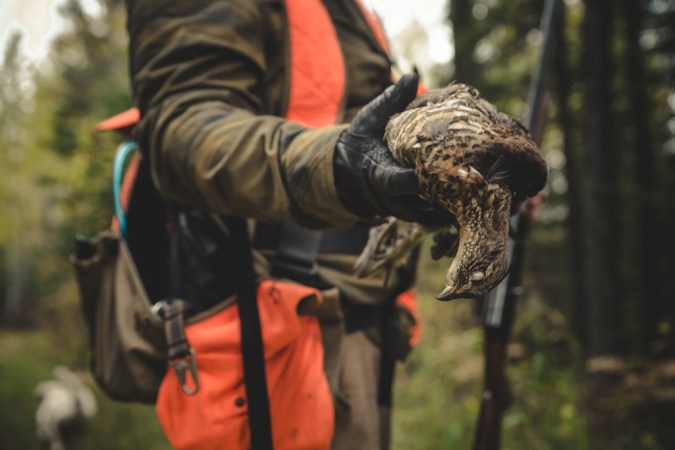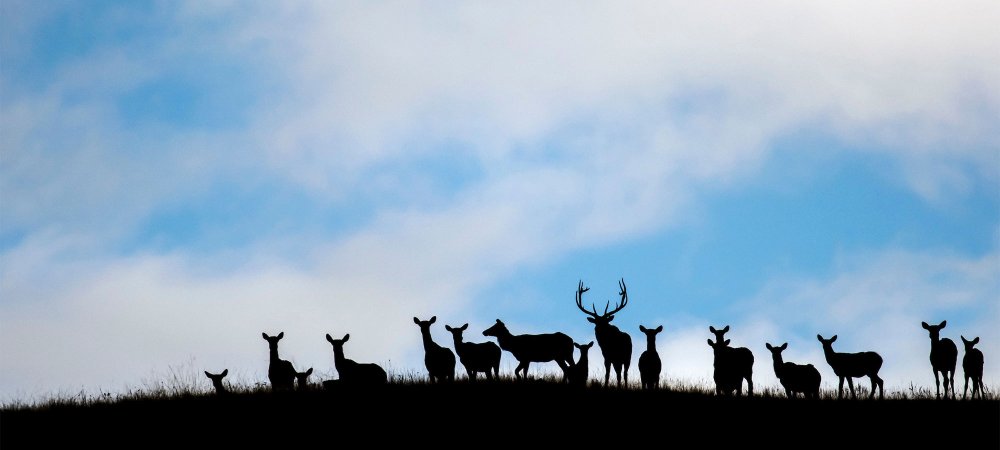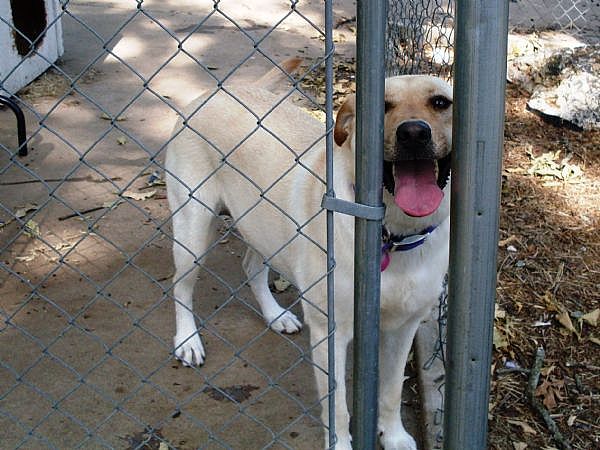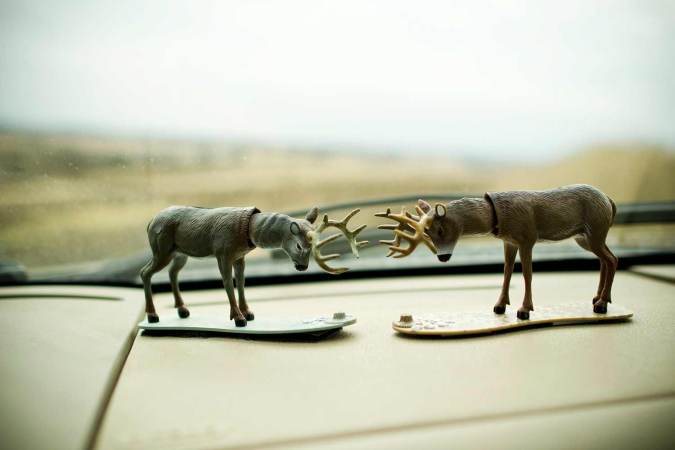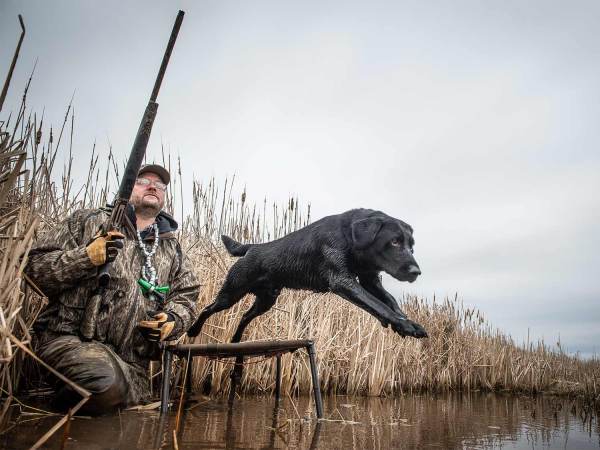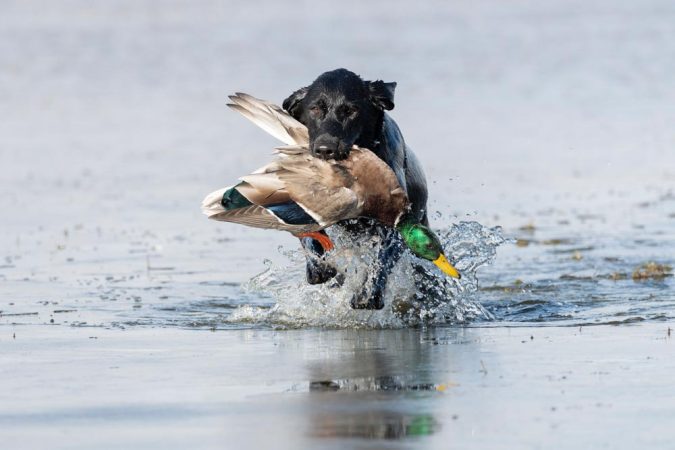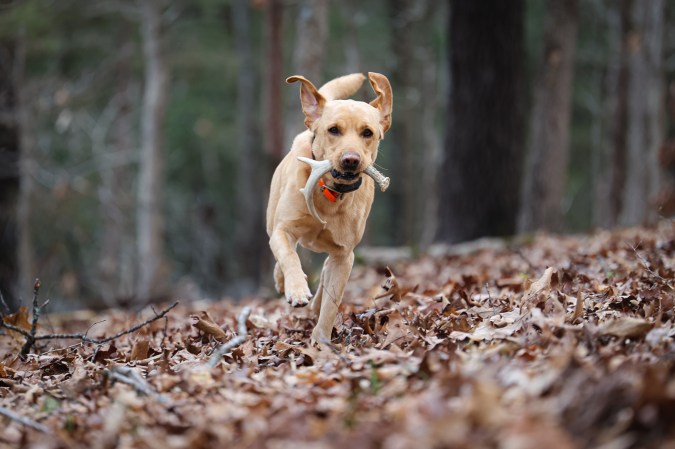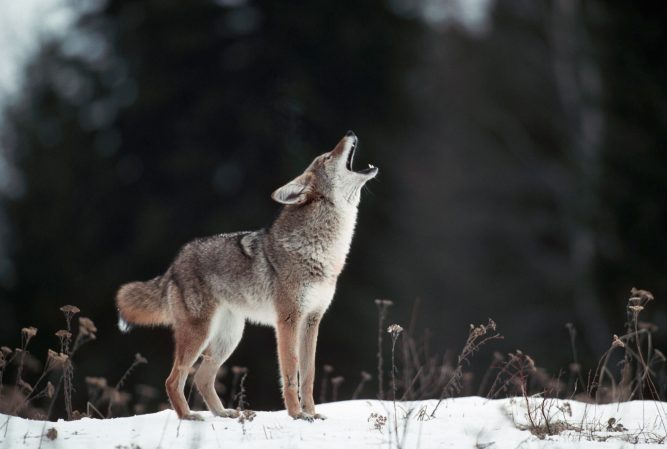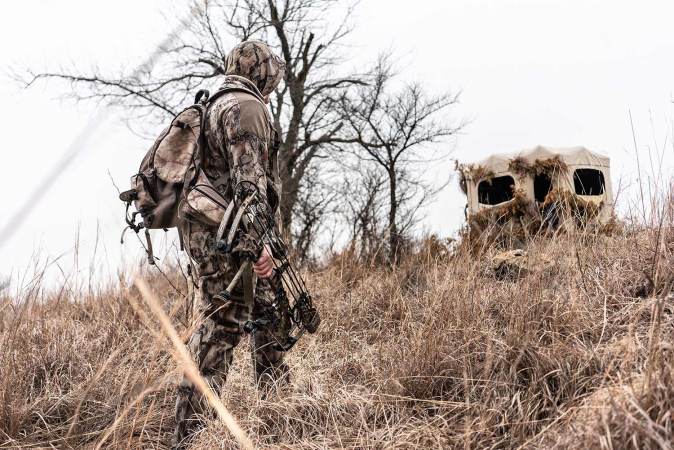Every hunter knows that itch. It starts when buddies invite you hunting, but you have to pass because of work. It gets worse when they text pictures of their limits. It becomes unbearable when your bird dog starts sighing and whining. Because when the weather is right, the season is open, and you’re not hunting, doing anything else is torture. But these three hunters have discovered how to break free and hit the open road when bird season arrives. And even better, they’ve done it with permission from their colleagues and families. Here’s how they pull it off, and fill limits to boot. —N.K.
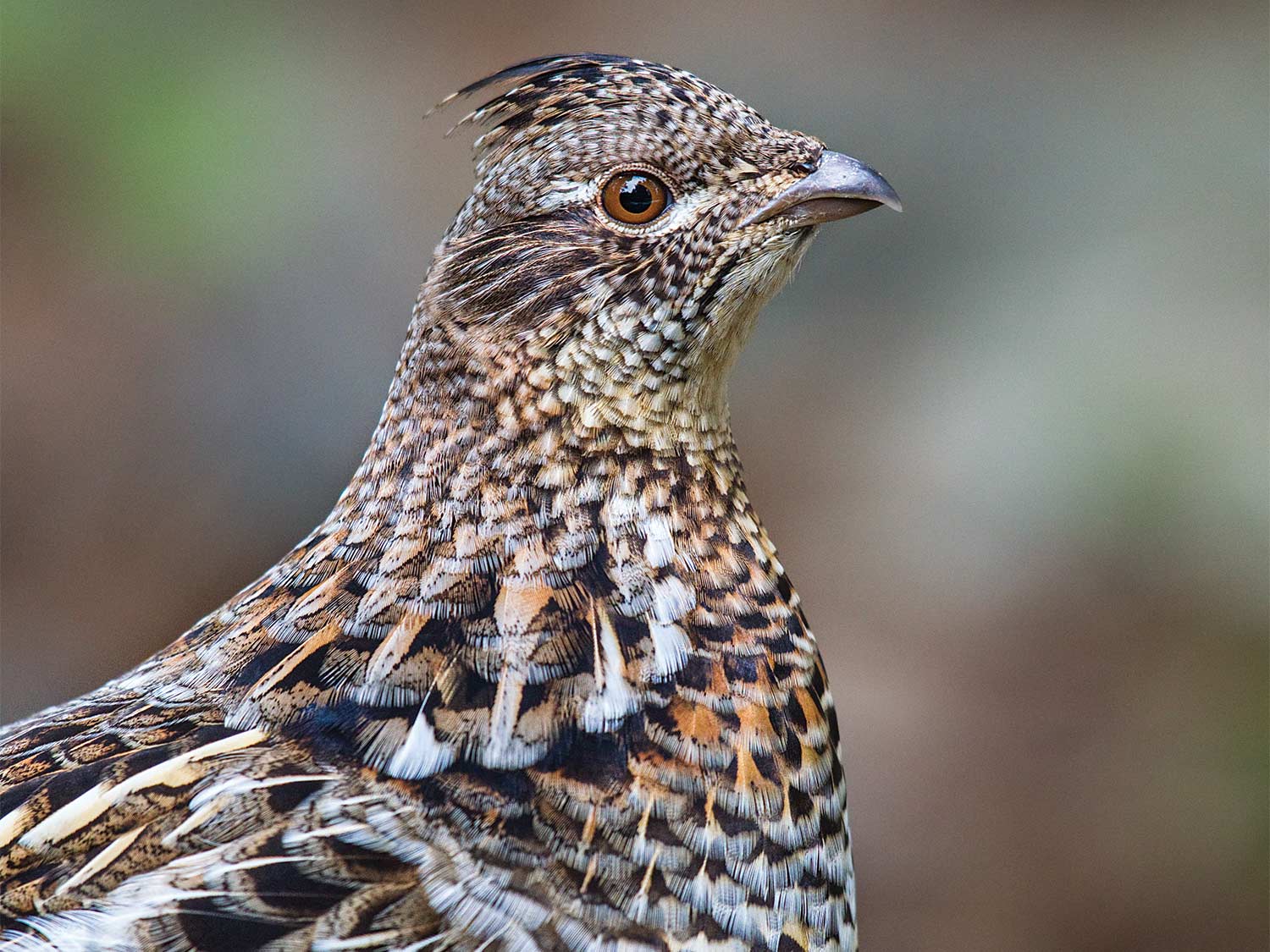
Ruffed Grouse: David Kuritzky, Mahopac, New York
Occupation: President of Kuritzky Glass Company
Time on the road per year: About 60 days
Rig: GMC Denali 3500HD, custom chassis mount
It takes much less time to mention the states and species that David Kuritzky hasn’t hunted than the ones he has. The stretch of country between his home in New York State and the Northwoods of Minnesota is some of his favorite for grouse and woodcock. Every year, he attends the Ruffed Grouse Society National Hunt in the North Star state, and every year, he hunts his way there and back in a purpose-built truck filled with good friends and great dogs.
“You learn to follow your dogs. The dog’s got the nose, not me, and I’ve got a pretty good grouse dog,” Kuritzky says. “One time, we ended up in a one-year-old aspen cut, which means that everything was about waist-high. Woodcock had gone in there—we were surprised that they did, but the dogs found them. The shooting was great because when the birds came up, they were all clear of the trees.”
The 55-year-old likes to tell hunters that there’s no shortcut for locating birds—grouse and woodcock are simply where you find them. And the only way to find them is to get out there and look. Kuritzky runs and guns, driving the roads on public ground and constantly reading cover by looking at the growth and age of the timber. When he likes what he sees—young aspen forests and thick cover—Kuritzky stops and cuts the dogs loose. If they don’t get into birds in 30 minutes, he moves on, trying to hit as much grouse and woodcock habitat as possible before dark.
The truck that makes his hunting style run smoothly is called “the Sweet Rig.” It’s a GMC Denali 3500HD with a chassis-mounted stainless-steel storage box. Kuritzky built the rig with the help of Mountaintop Custom Kennels four seasons ago, and he has already put well over 100,000 miles on it. It’s the culmination of more than 25 years of traveling to hunt upland birds and participate in North American Versatile Hunting Dog Association (NAVHDA) events.
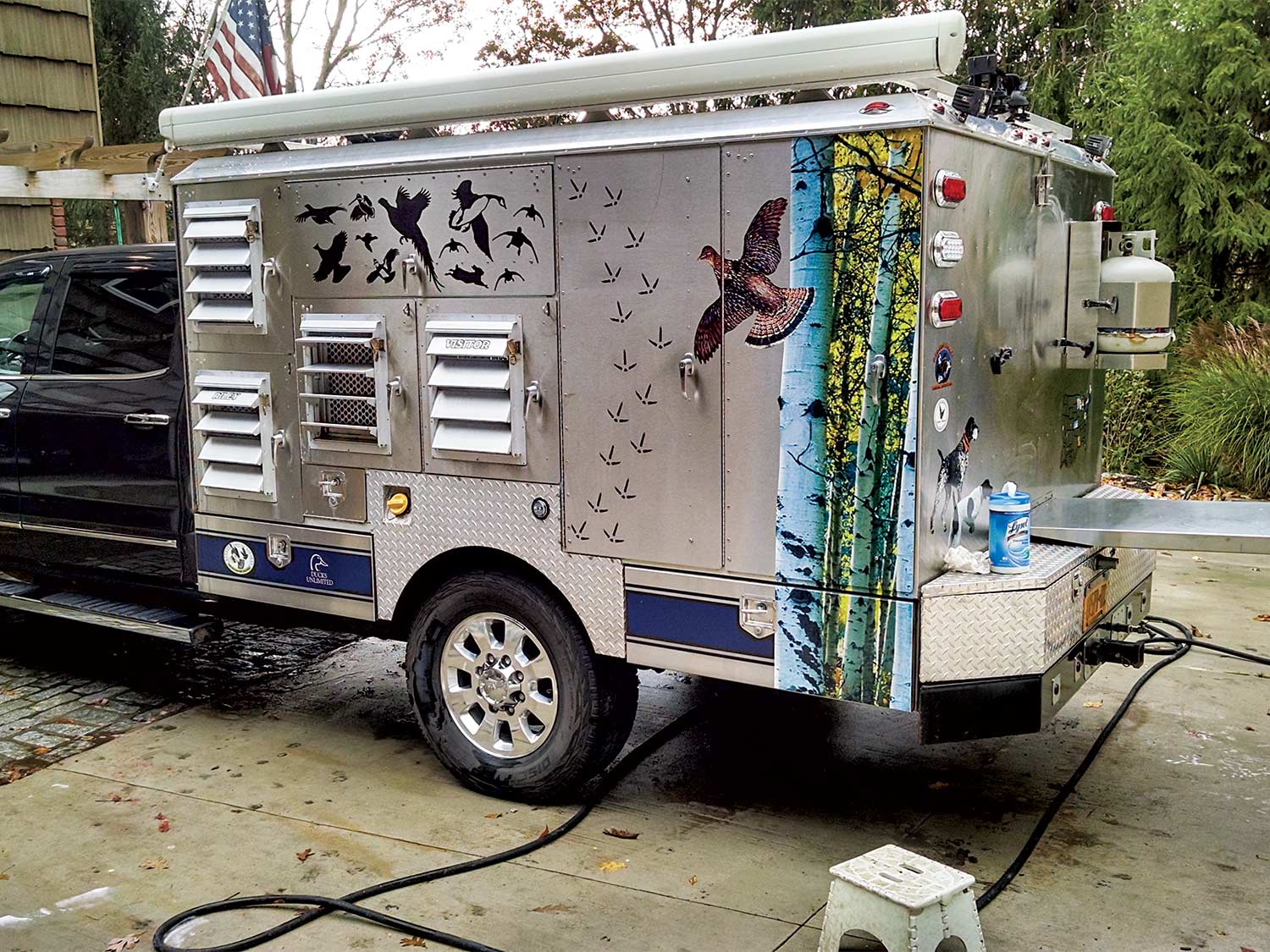
“We used to load my buddy’s pickup truck with gear and dog crates roped in, and just travel. We definitely had wanderlust,” Kuritzky says. “The hard part of traveling like that, though, was you always had to move things to get what you were looking for. If you wanted to get at the dogs, the clothing was in front of them, and if you needed the clothing, you’d have to move the dog boxes.”
The antidote was organization, and now the Sweet Rig has a place for everything: four ventilated kennels on each side, lockable cabinets, drawers, coat racks, fold-down tables, a refrigerator, and a power inverter to run boot dryers and charge e-collars. There’s also 3-inch foam-insulation lining to keep the dogs cool or warm depending on the weather, a pull-down awning, and a 35-gallon freshwater reservoir.
“Once the truck is loaded, it stays loaded. If a buddy says, ‘Let’s go,’ I look at my work schedule. If I can blow it off, I will. It drives a couple of my friends crazy. They’ll always ask where we’re going, and I’ll say something like Kansas. When they ask where in Kansas, I’ll tell them, ‘Kansas—I don’t know yet.’ ”
In less than four days, he, his buddies, and their dogs could all be halfway across the country looking for birds. En route, Kuritzky rides shotgun, cross-referencing paper and digital maps with spring bird reports, timber-cutting maps, and his Facebook newsfeed to see which counties are having the most success. As the guys get closer to their state of choice, Kuritzky homes in on public-land options. He’s discovered that a local game warden, forest ranger, or biologist is also a great resource. Foresters are especially useful for grouse hunters.
“Most of them have a designated person who is in charge of upland,” Kuritzky says. “Take the 20 minutes and make a phone call. Ask them what kinds of birds they’re seeing, and what kinds of numbers.”
To keep the dogs happy and healthy, Kuritzky tries to avoid traffic on hot days. If he anticipates a holdup, he will take back roads to keep air flowing through the kennels. When it’s cold, he’ll often drive with five dogs at a time, since they keep each other warm. Upon arriving, Kuritzky makes sure to water the dogs and give them a chance to get their heads back in the game. “We like to joke that you need to run the stink off of them,” he says.
It only takes a few encounters with new birds in a new spot for the dogs to catch on. The different habitats and species, along with participation in NAVHDA, have turned them into bird-hunting machines. —M.E.
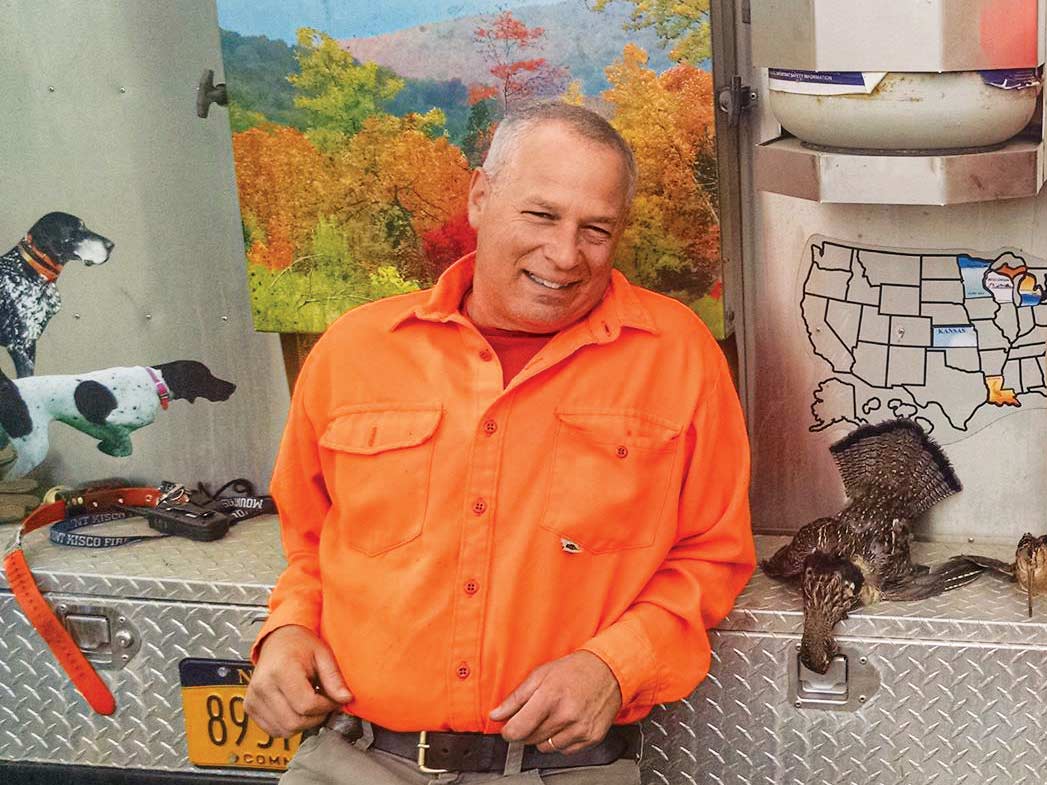
Hotspot: Cheboygan County, MI
While many grouse hunters flock to the Upper Peninsula, Kuritzky hunts just shy of it. In the Great Lakes states, public woods are made up of national, state, and county forests. Kuritzky says county forests seem better managed (timber revenue helps fund the counties), and are best for grouse and woodcock. The more cutting, the more young forests—and the more birds.
Round-the-Clock Crockpot
Kuritzky’s diet on the road is simple: no fast food, and game whenever he can get it. The rig has a fold-down table and a Coleman stove for frying on the go. Good shooting and dog work also keep the onboard (and constantly running) crockpot full of wild birds. It runs on a power inverter hooked up to a second battery. Whether he’s hunting or on the highway, he always has a hot lunch waiting.
Making the Cut
Grouse and woodcock depend on forest in a specific age range. When and where trees are cut can make the difference between bird hunting and walking the dogs. Kuritzky uses Scout-N-Hunt habitat maps from Northwind Enterprises, a company that color-codes chunks of forest based on when timber was cut, to help find worthwhile areas.
Training Days
If you want to meet folks willing to chase birds all over with a truckload of dogs, look no further than NAVHDA. Kuritzky is the Hudson Valley chapter president, and through it he’s met plenty of bird nuts. NAVHDA lets him tap into a national network to find new spots and keep his dogs sharp all year long.
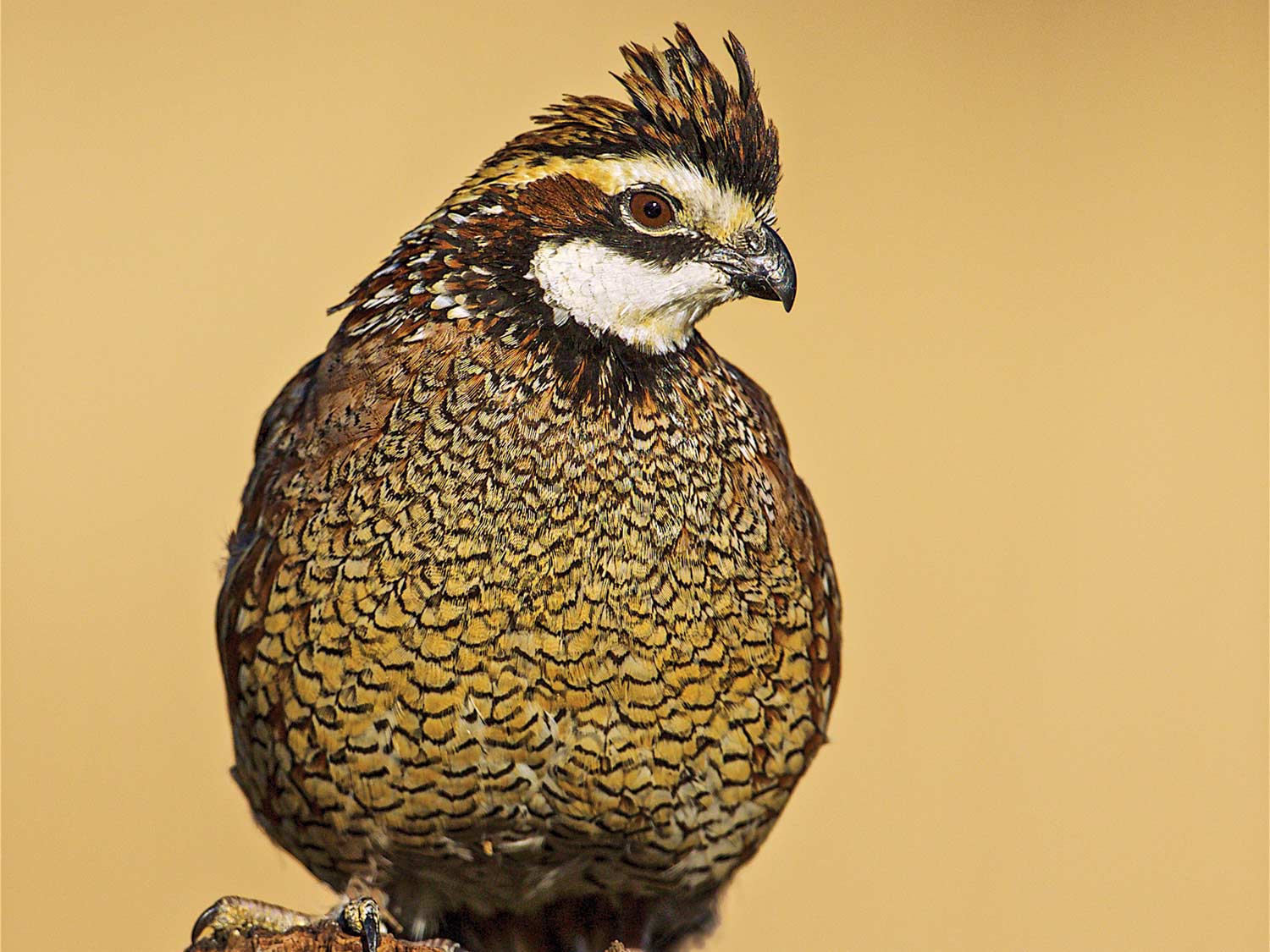
Quail: Foster Olson, August, Georgia
Occupation: Feed-store owner and produce grower
Time on the road per year: 4 to 5 months
Rig: Ford F-350
Texas is tough, but for Foster Olson, it might just be paradise. “It’s always going to be my favorite place for wild birds because I’m a quail hunter at heart,” says the 59-year-old. “The Childress-Paducah area of West Texas is the best, and hunting with a buggy and letting two or three dogs loose on a 20,000-acre ranch—that’s just a dream come true for a quail hunter.”
Dreams aside, it’s a prickly, jagged kind of country that will puncture truck tires and cut up bird dogs without discriminating. That’s why Olson’s first rule for road-trip hunting is knowing a good country veterinarian.
“I had a good friend last year who had his flushing dog bit in the chest by a rattlesnake. We got to a vet for antivenom just in time. With eight or 10 dogs, something’s going to happen once or twice a year. They’re going to need stitches or get into a barbed-wire fence. I haven’t had a dog get cut up by a pig yet, but it’s always on my mind.”
For the past four years, Olson has been loading up his truck and trailer in Augusta, Georgia, with 11 bird dogs and driving more than a thousand miles across the South to the Texas Panhandle. “It’s a lot of work on the road. You stop every six to eight hours, stake your dogs out, offer them fresh water. Pretty soon, they learn to go to the bathroom on the stake.” After the dogs go to sleep for the night, Olson can drive without having to stop as often. When he does, it’s usually in a Walmart parking lot, preferably one with plenty of lights. He locks up the boxes, unrolls a blanket, and sleeps in the cab of his 1-ton, flatbed Ford.
Olson runs a feed store when he’s not on the road, and grows and sells produce with his family. He works seven days a week to save for hunting season. “The saying goes, if you play in Texas, you’re gonna have to pay,” he says. This is especially true because Texas’ famous quail hunting mostly takes place on private ranches.
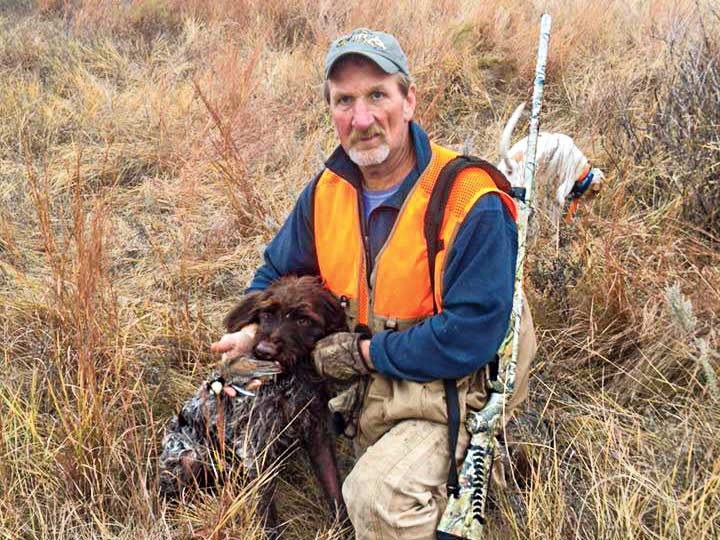
If you’re hunting with an outfitter, you can expect to pay close to $1,000 per day when you factor in meals, lodging, and a guide fee, plus tips. Meanwhile, a typical quail lease costs $2,500 to $3,000 per person annually. That works out to about $1.50 per acre on average, according to Olson. However, those rates can get you into some of the best wild-quail hunting in the country. Olson says it’s not uncommon to flush around 25 coveys a day, and eight to 10 at a minimum.
This lifestyle is expensive. Hunting rights aside, the cost of dog food, fuel, and shotgun shells will quickly separate a diehard quail hunter from a weekend warrior. Olson figured out the perfect solution to help pay for everything. And it all started with one bird dog.
“Sometimes a phone call will change your life. I bought a wirehair dog from a guy named Geoff Sterner in Dallas. He invited me to his lease that next year, so I went out there to hunt for four or five days. I ended up staying a month.” Sterner had asked Olson if he would be interested in taking out some other hunters in the area, and before he knew it, he was a guide. “So I called home and said, ‘I’m just not going to come back for a while.’ ”
Olson has returned to Texas for the past four years, meeting more hunters, landowners, and guides. His list of clients continues to grow, and he now stays for the entire quail season.
Typically, a hunter or outfitter will contact him to come out with his dogs and buggy for a day or a couple of weeks of guiding. This allows him to explore new country and puts a roof over his head in the form of bunkhouses and double-wides on clients’ ranches and quail leases. Although Olson usually collects about $600 per day for guiding (and bird-cleaning), he enjoys hunting on his own and only guides enough to cover his expenses.
Read Next: How to Plan the Ultimate Waterfowl Hunting Road Trip
Olson won’t hunt the properties where he guides. Instead, he belongs to a lease in Texas and uses his free time to travel into Kansas, Oklahoma, and Nebraska to hunt by himself with his dogs, or with other guides on both private and public land. From November until the end of February, Olson is in the field. He will sometimes leave Georgia early to hunt North Dakota in October as well. Back home, his family takes over the farm, and his employees run the feed store.
“I’m always going to come home for Christmas,” Olson says, “but I don’t make it back for Thanksgiving. I’ll usually have Thanksgiving with someone else’s family.”
Olson is always a welcome guest, especially if he’s helping out in the kitchen. No matter which state he’s hunting, his favorite way to cook a bobwhite quail is still the tried-and-true Georgia way: fried with biscuits, gravy, and grits. —M.E.
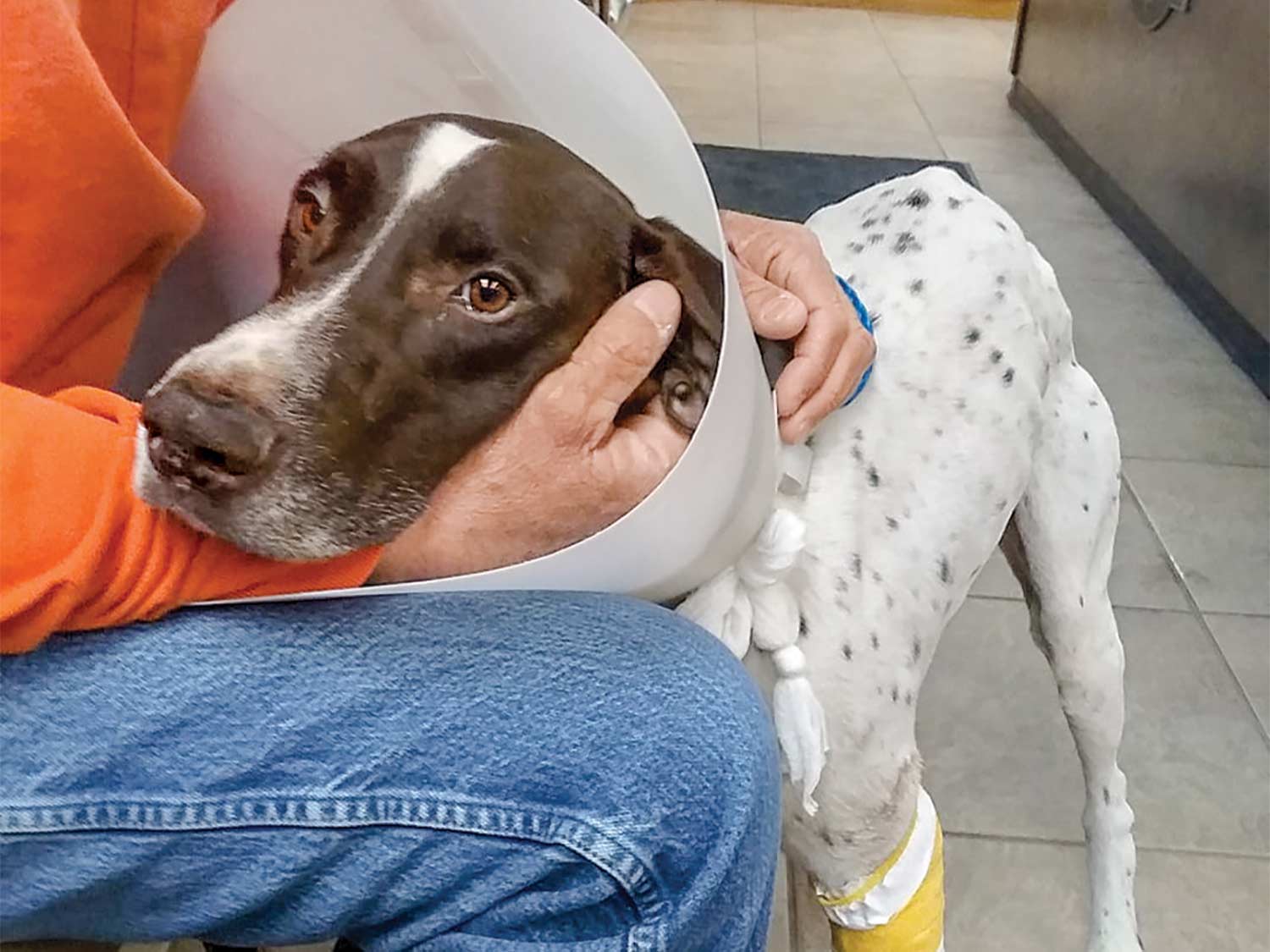
Hotspot: Roger Mills County, OK
Public land is scarce in Texas, but there’s enough in Oklahoma for DIY quail hunters to get their fix. The Black Kettle Wildlife Management Area offers 30,710 acres of mixed-grass prairie scattered throughout Roger Mills County. If that isn’t enough, the Packsaddle WMA in neighboring Ellis County has roughly 20,000 acres of huntable public land that’s full of wild bobwhites.
Tire Hacks
Just about everything in Texas is sharp, and tires there suffer an especially short life. So Olson carries a plug kit along with a can of Fix-a-Flat. A mini compressor also helps, and a bicycle pump can inflate a truck tire if all else fails.
Vet Your Vet
If you travel with bird dogs in remote areas, the best thing you can do is find a veterinarian who can help in an emergency—well before an emergency happens. In big towns, you’ve got emergency pet hospitals, but out in the country, you need to find an on-call vet, Olson says. “I call them country vets. Finding one is easy because all you have to do is ask a farmer or rancher for a recommendation, and they’ll usually see you anytime.”
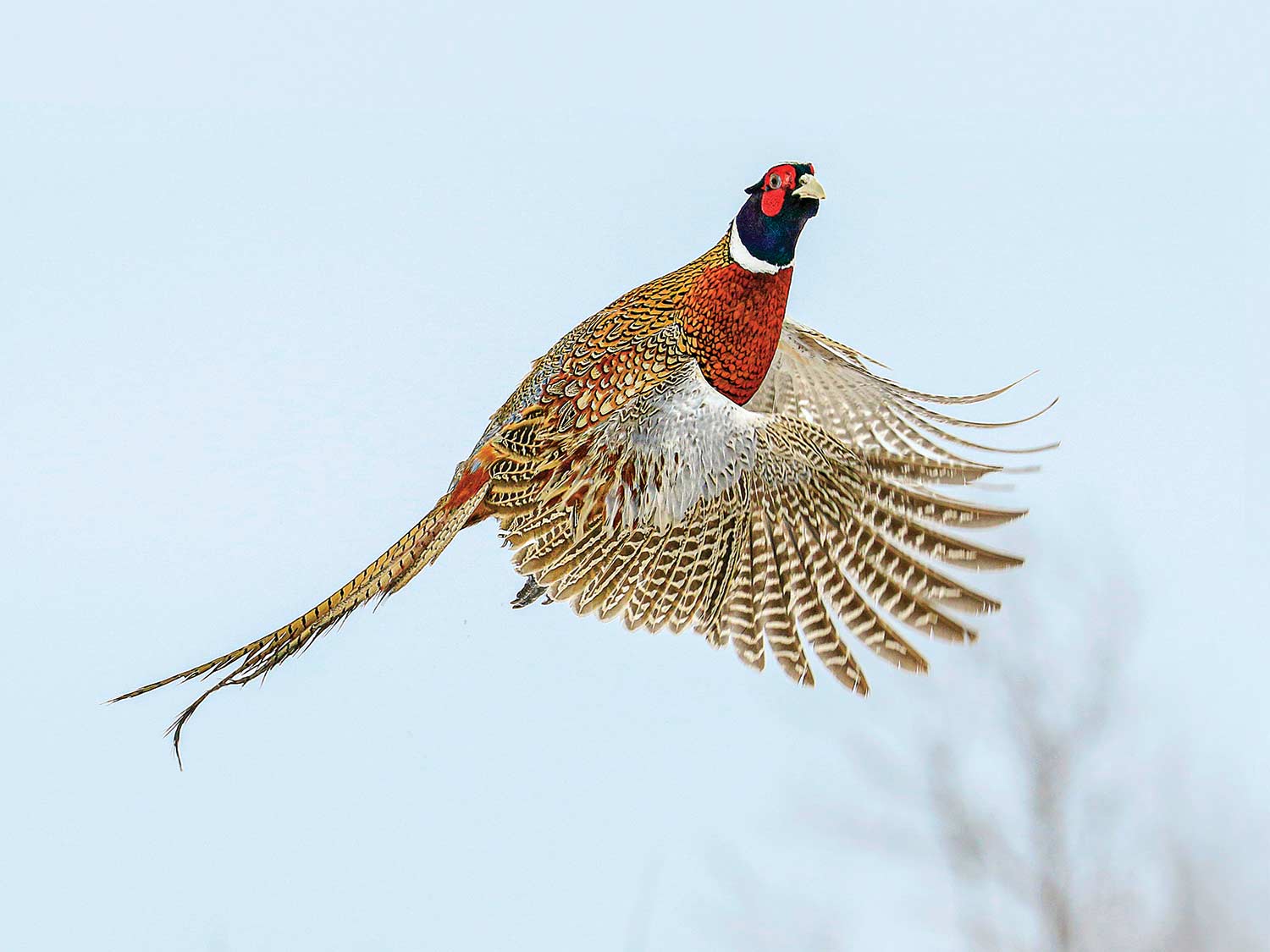
Pheasants: Rich Laksonen, Ishpeming, Michigan
Occupation: Nurse practitioner
Time on the road per year: 3 to 4 weeks
Rig: Chevy Silverado 3500 Crew Cab with topper
Rich Laksonen doesn’t take holidays off. He works through Thanksgiving, Christmas, and New Year’s, plus all the other national holidays, and most weekends too. He’ll juggle grueling 12- and 24-hour shifts in the emergency room, busting his ass daily, then knocking out farm chores once he’s off the clock.
So, when Laksonen asks for a vacation—usually whole weeks at a time, and always in the fall—his manager signs off. “My boss knows I’ve sacrificed on all the great days most people request off,” Laksonen says of his strategy. “And nobody else is requesting the second week of pheasant season off.”
At 32, Laksonen is no stranger to tough jobs. The Michigander’s résumé builds from firefighter paramedic to trauma-center nurse to active duty at North Dakota’s Minot Air Force Base starting in 2014. That’s the year he got his first bird dog, a German shorthaired pointer named Art, and the year he discovered the Roughrider State is lousy with pheasants.
“I don’t know if there’s an easier way to fall back in love with hunting than to get a bird dog,” says Laksonen, who fell so hard for pheasants, he can’t help but chase them every year.
He’s since acquired four more dogs and moved home to the U.P., where the grouse hunting is legendary and Laksonen doesn’t have to stray far from his backyard. Pheasants, however, require he spend those hard-earned vacation days. Now when he hits the road, all five dogs tag along. Two GSPs (including Art) and one English cocker spaniel ride in truck-bed kennels, and two more spaniels get crates in the cab. Laksonen used to dream about buying a dog trailer, but over time, minimalism has proved advantageous.
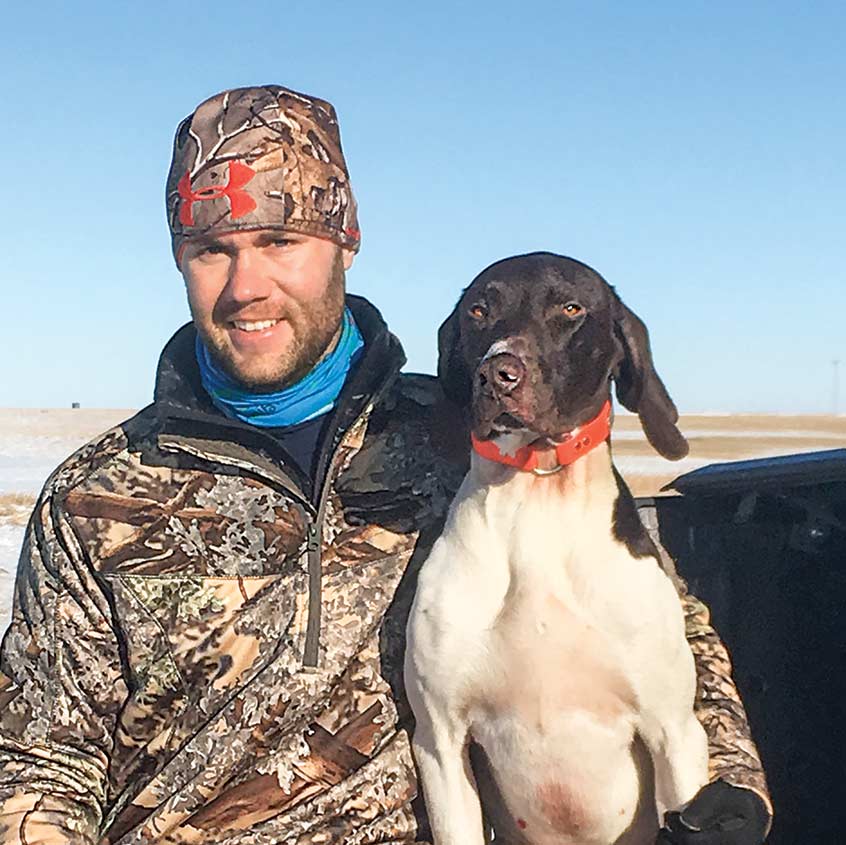
“Some of the spots we’re hunting are pretty far off the road, and some of the trails can get pretty muddy,” says Laksonen, who brings all five dogs each day of the hunt, no matter who’s running. “I don’t want to drag a trailer down that.”
There’s enough room under the truck topper for dogs and gear: Dog bags go on top of the big kennels, ammo behind those, plus a 5-gallon water jug and dog food. Clothes and human gear get stashed on top of the medium-size kennels in the back seat.
Once the crew is loaded up, the road trip itself is reminiscent of a night shift at the hospital. Laksonen likes to leave on a Saturday evening and drive straight through until reaching his destination on Sunday. Stops are permitted for gas and to relieve the dogs, but naps aren’t usually necessary. Meals are off limits, since eating makes drivers sleepy. If Laksonen does snack, it’s only on high-protein foods like jerky (a trick he picked up in the military). Chewing through a bag of sunflower seeds prevents highway hypnosis, and he considers a full bladder “kind of nice,” since the discomfort keeps him alert.
Traveling on weekends allows Laksonen to hunt when most hunters are stuck at work. Destinations include accessible states with strong wild-bird populations, and ideally resident friends or family. This is doubly advantageous: He gets to squeeze in a visit and crash with them, instead of camping or paying for a motel. Upon arriving—often in the Dakotas, sometimes in Kansas or Wyoming—and meeting whichever buddies are game, the crew starts scouting. That includes everything from watching fields to talking with farmers.
“As awkward as it sounds, just feeling out who looks local in bars or restaurants can be really productive,” Laksonen says. “We make conversation with people who appear to be farmers or hunters, and it’s pretty rare that they don’t want to tell you where to go. I really enjoy talking to farmers. It’s a lot of ‘I just cut this wheat field and saw lots of birds—they flew left or right.’ And depending on whether they own the land or not, those are good opportunities to say, ‘Would you mind if I went over there and tried hunting?’ ”
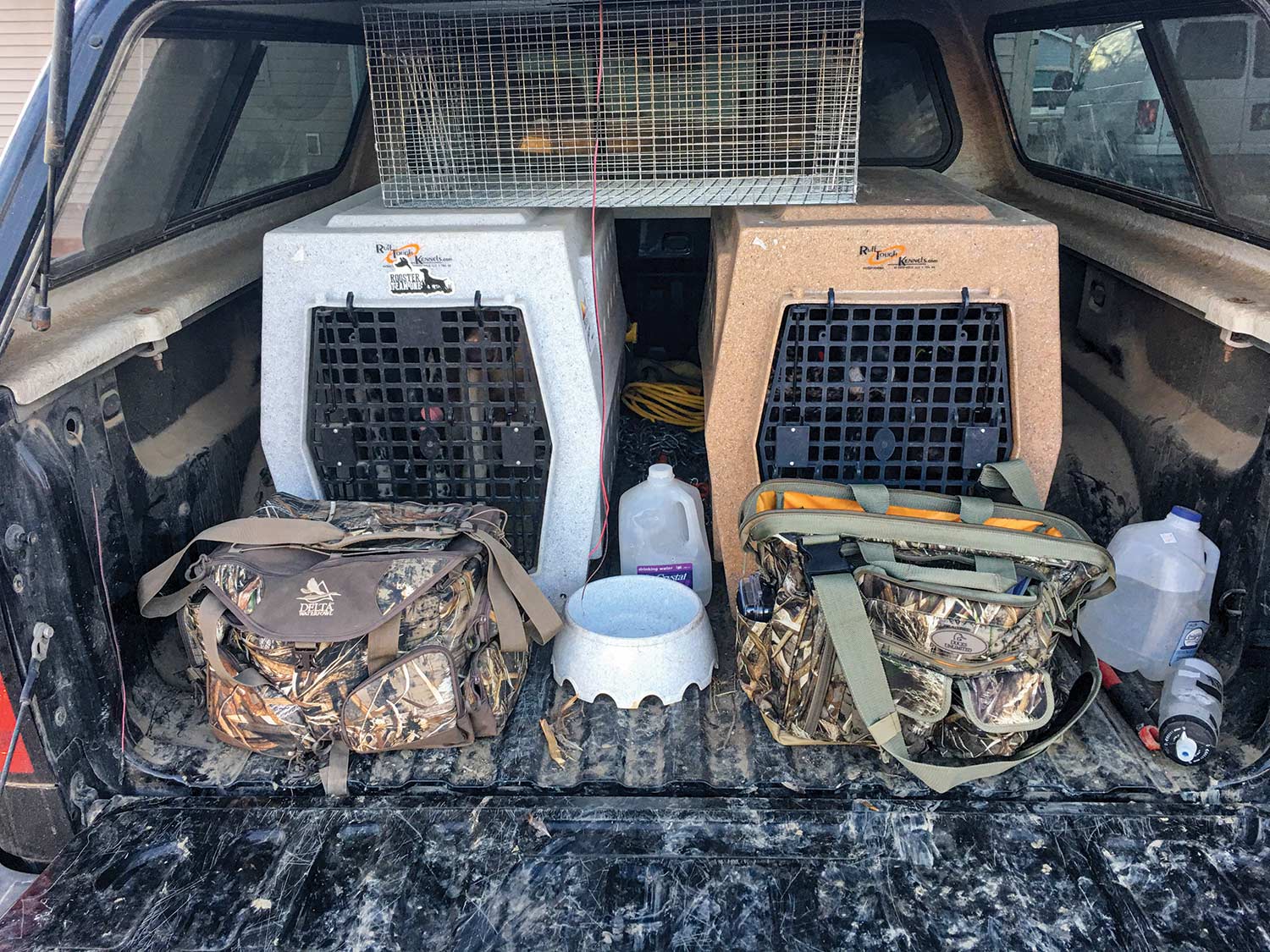
Laksonen estimates his success rate for securing permission, either in conversation or from knocking on doors, is about 80 percent. The tracts he’s looking for are intersections of food and cover, sweet spots like smaller strips of CRP grass adjacent to a grain field or pond. Once Laksonen gets his birds for the day, he spends the rest of it searching for an even better spot to hunt tomorrow. —N.K.
Hotspot: Hettinger County, ND
Unlike its overrun neighbor to the south, North Dakota has all-day hunting hours and a public-unless-posted policy that makes hunting there a throwback. North Dakotans can get territorial about their deer, but they’re up for sharing roosters. Laksonen happily hunts anywhere west of Bismarck and Minot. That includes Hettinger County, which topped the list in 2018 for nonresident rooster harvests. It’s just south of Highway 94 and close to the Montana and South Dakota state lines.
Traveling Light
As with coolers, there are plenty of expensive, overbuilt, and obscenely heavy kennels on the market these days. Laksonen skips them in favor of these lightweight models from Ruff Land (formerly Ruff Tough). “They don’t make the best kennel, but they certainly make the best for what I need,” says Laksonen, who prizes portability. He can reach over the side and lift the boxes out of the bed, then relocate them to a motel room or porch and back again with minimal effort. It doesn’t hurt that the crates are often a couple hundred bucks cheaper too.
